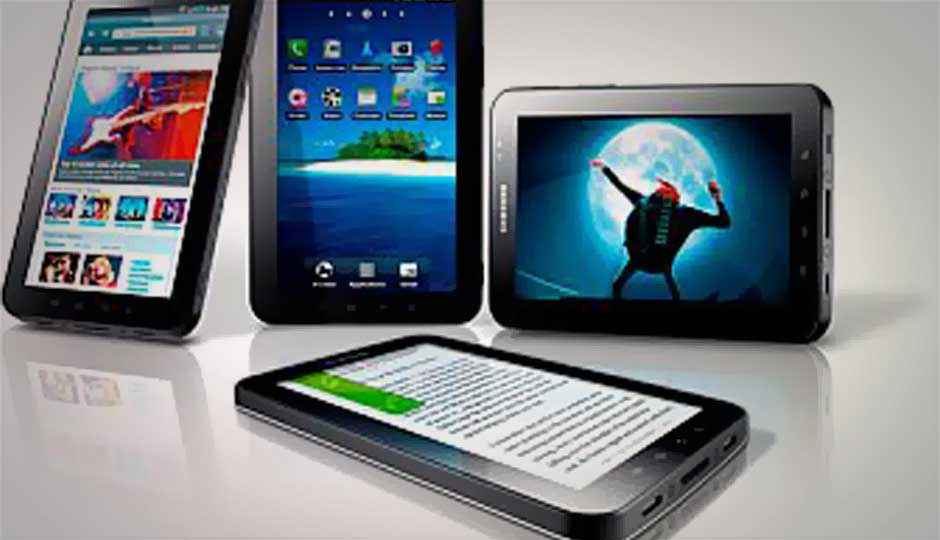Tablet Buying Guide

The battle continues. The rivals are trying, and still trying, to de-throne the Apple iPad, now in its second generation. The first iPad was the device that really opened up the tablet device market, and the consumers sat up and took notice of what this device really was. By the time the rivals got down to providing some competition, the iPad 2 was already here, taking that finish line just a bit further ahead!
 Survey
SurveyLaptop vs. Tablet vs. Smartphone
The tablet is a device that evokes extreme emotions, it seems. Some have chucked the laptop into the naughty corner and adopted the tablet completely. Others are still using both devices, doing some tasks on one and the rest on the other- comfort being the critical keyword. There is a third category of people however, who still haven’t really found the purpose of the tablet in their lives, between the smartphone and the laptop. However, it does work well as a device that does a bit of this and a bit of that- web browsing, multimedia, office work and even gaming. To say that it can replace the laptop solely depends on who is using it, how comfortable he/she is with an all touchscreen environment to work on. To say that the tablet will replace the smartphone is a bit of a faff. Agreed, most tablets have a SIM card slot, but that is only for data usage on the move. Very few tablets offer voice-calling capability.
Display size
There are two sizes being branded about- 7-inches and 10-inches. While the 7-inch category does offer what is quoted (example- the Blackberry PlayBook), the 10-inch category seems to have a numbers game happening. The iPad 2 has a 9.7-inch display, while the likes of the Samsung Galaxy Tab 10.1 have a 10.1-inch display size!
While the 7-inch tablet does have a huge advantage in the portability stakes and to a certain extent as far as the weight is concerned, the bigger sibling does offer a slightly better web, multimedia and gaming experience.
Storage space
As the saying goes, “the more the merrier” is aptly true for storage space. At the moment, most high-end tablets come with 16GB, 32GB and 64GB options, and that is the maximum available at the moment. Some tablets do not have an expandable memory card slot (microSD etc.), while others do. Lower end tablets may offer just a meager 1GB or so of internal storage, but make up for it via the expandable memory slot.
iOS
This is the mobile operating system from Apple, and the iPad 2 flexes its muscles using this. The tablet version has been tweaked slightly to make better use of the iPad’s bigger display size. There is a two pronged advantage that the iOS holds – extremely slick user experience and a very wide range of applications on the App store.
Android
While Apple has often been criticized for being a ‘closed’ environment, Android tablets do have the eco-system of range – multiple manufacturers with multiple tablet versions. As an OS, Android 3.0 is made specifically for tablets, and that is an honest attempt to take on the iOS. Some tablet makers are still installing older versions of Android, but these are usually the lower-end devices.
QNX
This is RIM’s OS that we saw with the Blackberry PlayBook. Pretty neat when it comes to multi-tasking, and a huge update from the bland Blackberry smartphone OS user interface we have had all along. However, while Blackberry users find the Bridge feature quite interesting, others have expressed bewilderment at a BB device without an email client built-in!
Wireless connectivity options
Most tablets usually come with the dual connectivity option- Wi-Fi and Wi-Fi 3G. With the former, you will need a Wi-Fi hotspot to access web content. The 3G one essentially means it’ll come with a SIM card slot, and you can also access data on an EDGE/3G network when a Wi-Fi hotspot isn’t available.
Looking for more info on the tablets? Read : Digit Top 10 Tablets